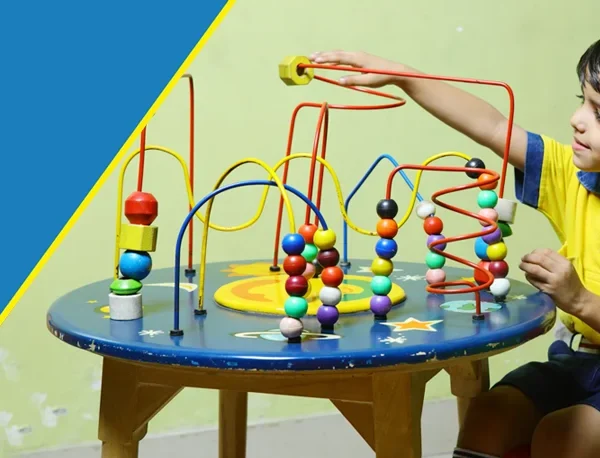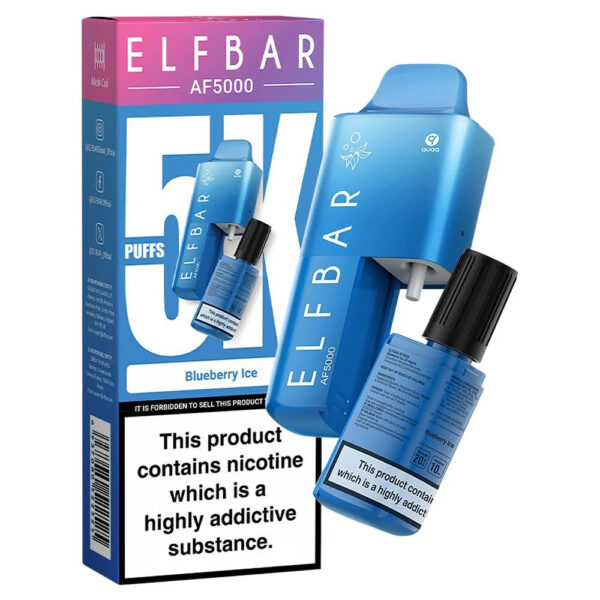In the ever-evolving fashion industry, the integration of technology has become essential for innovation and efficiency. 3D printing, also known as additive manufacturing, has emerged as a transformative tool for fashion designers, offering numerous benefits, including cost-effectiveness.
This article delves into how 3D printing can be cost-effective for fashion designers in Dubai, considering factors such as material savings, production efficiency, and market opportunities.
Initial Investment in 3D Printing Technology
1. Cost of 3D Printers
The initial investment in 3D printing technology can vary significantly based on the type of printer and its capabilities.
Entry-level 3D printers suitable for fashion prototyping can range from $500 to $3,000. High-end industrial-grade printers, which offer greater precision and versatility, can cost upwards of $10,000. While this initial cost might seem substantial, the long-term benefits often outweigh the upfront expenditure.
2. Software and Training Costs
In addition to the hardware, fashion designers need to invest in 3D modeling software, which can range from free open-source options to premium packages costing several hundred dollars per year.
Training is also crucial to maximize the potential of 3D printing technology. Many designers in Dubai opt for workshops or online courses, which can vary in cost but provide valuable skills that enhance productivity and creativity.
Material Savings and Efficiency
3. Reduced Material Waste
One of the most significant cost-saving aspects of 3D printing Dubai is the reduction in material waste. Traditional fashion design methods often result in considerable fabric scraps and offcuts, which contribute to material costs.
3D printing, on the other hand, uses only the material necessary to create the design, minimizing waste and lowering expenses on raw materials.
4. Use of Cost-Effective Materials
3D printing allows designers to experiment with a wide range of materials, including cost-effective options such as PLA (Polylactic Acid) and ABS (Acrylonitrile Butadiene Styrene). These materials are generally cheaper than traditional fabrics and can be sourced locally in Dubai, reducing shipping costs and lead times.
Production Efficiency and Time Savings
5. Faster Prototyping and Iteration
3D printing enables rapid prototyping, allowing designers to create and test multiple iterations of a design quickly. This speed reduces the time and cost associated with developing new fashion pieces. Instead of waiting weeks for a prototype to be produced and shipped, designers can print it in-house within hours or days, accelerating the design process and reducing costs.
6. On-Demand Production
With 3D printing, fashion designers in Dubai can produce items on demand, eliminating the need for large inventory stocks. This approach reduces storage costs and minimizes the financial risks associated with unsold inventory. On-demand production also aligns with the trend of personalized fashion, where customers seek unique, made-to-order pieces.
Customization and Market Opportunities
7. Personalized Fashion
3D printing allows for high levels of customization, enabling designers to create bespoke pieces tailored to individual customer preferences.
This personalization can command higher prices, increasing revenue potential. In Dubai’s luxury market, where uniqueness and exclusivity are highly valued, the ability to offer customized fashion can be a significant competitive advantage.
8. Limited Edition Collections
Fashion designers can leverage 3D printing to create limited edition collections without the financial risk of mass production. By producing small batches of exclusive items, designers can create a sense of scarcity and exclusivity, attracting high-end customers and increasing profit margins.
Long-Term Financial Benefits
9. Sustainable Practices and Cost Savings
Sustainability is becoming increasingly important in the fashion industry. 3D printing supports sustainable practices by reducing waste and allowing the use of eco-friendly materials.
These sustainable practices not only benefit the environment but can also attract eco-conscious consumers willing to pay a premium for sustainable fashion. This shift can lead to long-term financial benefits for designers.
10. Innovation and Brand Differentiation
Investing in 3D printing technology positions fashion designers at the forefront of innovation. This technological edge can differentiate a brand in a competitive market, attracting media attention and new customers. Over time, the ability to innovate and offer unique designs can lead to increased brand loyalty and higher sales.
Conclusion:
3D printing offers a multitude of cost-effective benefits for fashion designers in Dubai. From reducing material waste and speeding up prototyping to enabling on-demand production and customization, the financial advantages are substantial.
While the initial investment in 3D printing technology and training may seem significant, the long-term savings and revenue potential make it a worthwhile consideration for fashion designers aiming to innovate and thrive in Dubai’s dynamic market.














